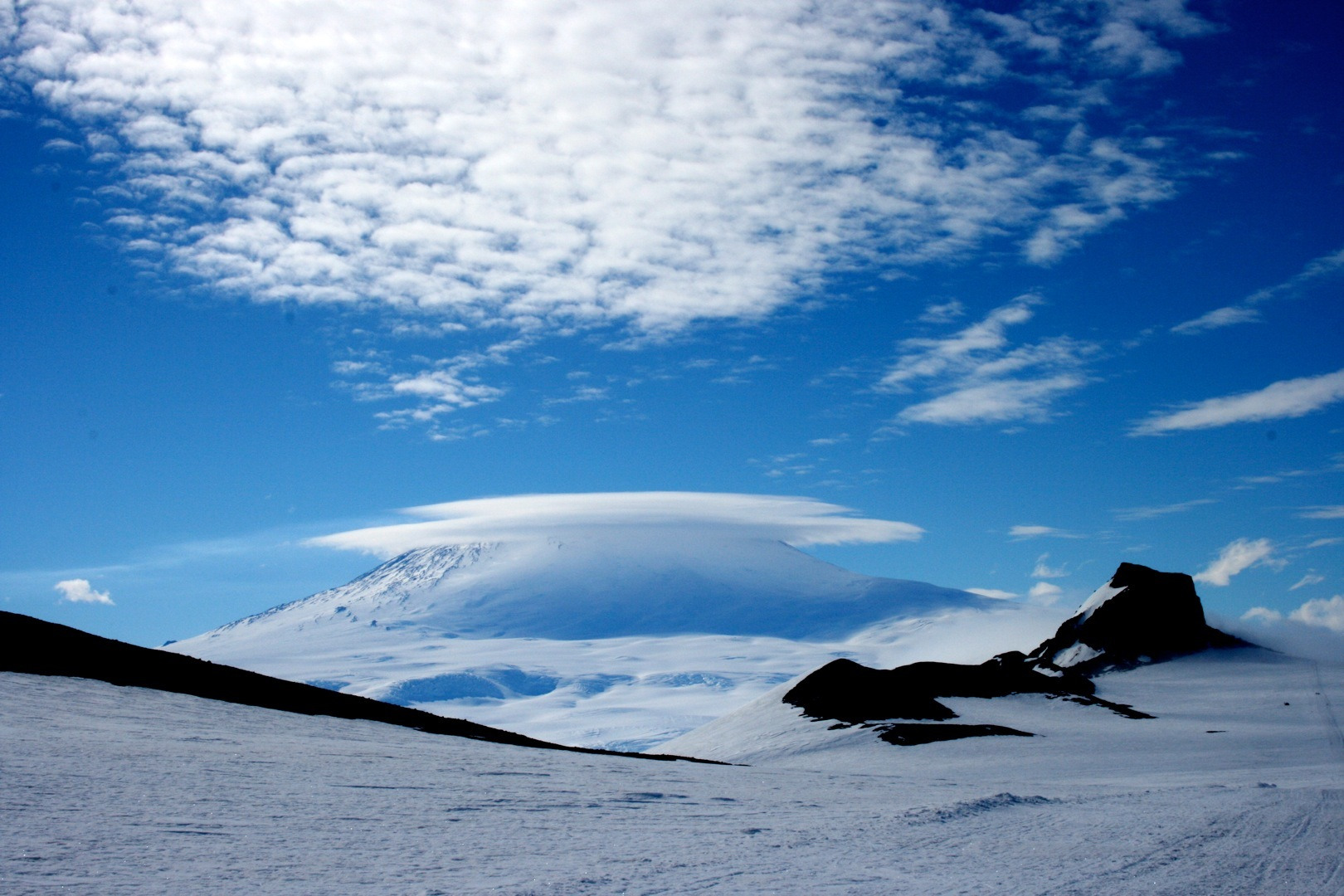A team of geologists and environmentalists from five continents have warned that Antarctica faces conservation threats from an unlikely source –non-indigenous seeds and plants brought by visitors to the polar continent in the far south.
With the threat of global warming looming large over the frozen land, the risk to its ecology lies in unintentional introduction of plant groups that belong to other parts of the globe, says a report published in the Proceedings of the National Academy of Sciences Journal.
More than 40,000 visitors arrive in Antarctica annually, carrying foreign seeds in their bags, shoes, sleeve cuffs and pockets, the examiners came to know following a two-month survey of nearly 1,000 travellers to the southernmost continent in 2007-08.
After a thorough combing of the visitors, the investigating team found that each person carried 9.5 seeds on average and those who had the most number of seeds presented a substantial degree of threat to the ecological equilibrium of the region. The main concerns for the researchers were tall fescue, Iceland poppy and annual winter grass.
Subversion of biodiversity is what worries the scientists most in relation to the findings. “When we take things in through hitchhiking then we get species which are competitive. The plants and animals there are not necessarily competitive, so there’s a good chance… we’d start losing various precious biodiversity on the (Antarctic) continent,” said Dana Michelle Bergstrom of the Australian Antarctic Division.




Add One